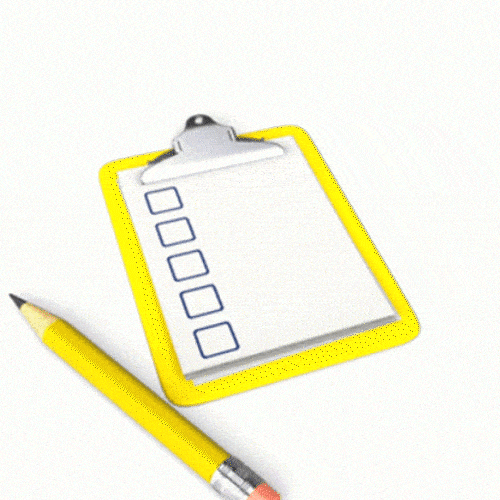How does a translator work?


If a bear s**** in the forest and there's no one around, does it still smell? If a translation was done well, would you ever know it was a translation?
Leaving the forest (and its smells) for another day, I'll tell you what we can all smell: a crappy translation. When a text has been translated well, the authenticity of the language makes it virtually impossible for you detect that it wasn’t written in your native language.

Translation is an invisible link in the consumer chain from our perspective as end users. It's not like the new smartphone we take out of the box or the call center we dial when we’re struggling to set it up. We never see or interact with the translator.
And if that smartphone's user manual was translated well, we likely never know that a translator was even involved. And if we don't even know that translation happened, we definitely don't know how it happened.
So, the question is: How is a good translation produced?
Disclaimer: The process is quite specific to both the translator and the task. Some translators always use a CAT tool*, some never, and some do depending on the job. Some translators print a hard copy to review their work and some do five separate rounds of proofreading. Just like how people all have different morning routines, translators have different working patterns.
Another disclaimer: As with any profession that gets boiled down to a few paragraphs, this explanation is highly simplified. Frankly, an entire book could be written about each of the steps below (indeed, many have been).
Research is a possible step one. The translator might do some preliminary terminology research for a specialized subject, or they might spend some time going through the customer’s website to understand the desired tone of voice and style.
The next step is simply… to translate! Additional terminology or customer research might crop back up, dictionaries (specialized ones, as applicable) and thesauri are referenced, and native speakers of the source or target language could be consulted. Questions might be posed to the customer in the case of ambiguous source text that could introduce a change in meaning if translated according to the unintended meaning.
Now it's time to review, which is a two-step process for many translators. While the final review is generally for overall flow and naturalness, the first one is for everything else: consistency of terminology, typos, incorporating changes based on the customer's responses to questions, etc.
The final translation is delivered along with any comments the translator might have (e.g., notes on why a certain term was used), and then it's basically a done deal.
Particularly when a new translator-customer pairing is being forged, there could be a round or two of questions or requests from the customer.
Now that you have new insight into the hidden world of translation, you can move on to more important questions. The sound made by one hand clapping, whether people are intrinsically good or bad, and whether that bear's excrement gives off an offensive odor even if there's no nose around.
* Don't know what Computer-Aided Translation is? Read our explanation here. Hint: it has nothing to do with machine translation (MT – DeepL, Google Translate, etc.).

We are committed to equity,
diversity, and inclusion.
We welcome students,
educators, users, researchers,
and employees from a diverse
set of backgrounds.
Our own backgrounds vary in
terms of socioeconomic status,
religion, race, ethnicity,
gender
identity, sexual orientation,
age, neurodiversity,
disability,
and nationality.
In short: Be you. Do you.
We love and embrace
what makes you you. ![]()
Thank you for inviting us to assess
your web copy!
One of our copy analysts will take
a close look at your website and
get back to you right away.
We appreciate your trust. ![]()